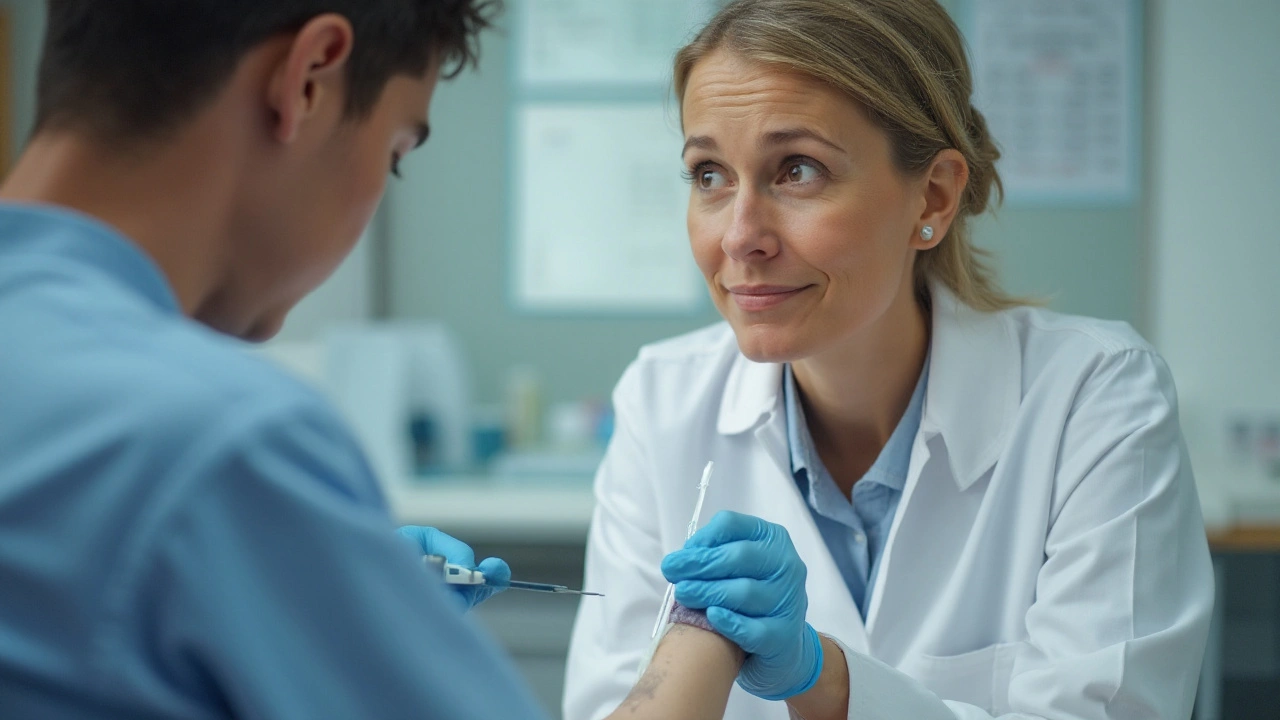Wound Care: How to Treat Cuts, Burns, and Infections Fast
If you've ever gotten a paper cut that seemed to last forever, you know how annoying slow healing can be. The good news? Most minor wounds heal quickly when you follow a few basic steps. Below you’ll find the everyday actions that keep infections away and speed up recovery.
Everyday Steps for Clean Wounds
First thing – wash your hands. It sounds obvious, but a quick soap‑and‑water rinse removes the germs that cause infection. Once clean, run cool tap water over the wound for at least 30 seconds to flush out dirt and debris.
Next, apply gentle pressure with a sterile gauze pad to stop any bleeding. If blood keeps flowing after five minutes, it’s time to call a medical professional.
After the bleed stops, pat the area dry with a clean towel. Avoid rubbing; you don’t want to reopen the wound. Then slap on an over‑the‑counter antibiotic ointment like bacitracin or Neosporin. This thin layer creates a barrier against bacteria while keeping the cut moist – a key factor in faster healing.
Cover it with a breathable bandage. Transparent dressings let you see if any redness or swelling appears, and they stay on longer than cotton gauze. Change the dressing daily or whenever it gets wet or dirty.
When to Seek Professional Help & Helpful Products
Most cuts heal fine at home, but certain signs mean you need a doctor’s eye: increasing redness that spreads, pus, fever, or a wound deeper than a quarter‑inch. Diabetic patients should be extra vigilant – even tiny foot wounds can turn serious quickly.
If you have diabetes or poor circulation, consider reading our article on The Vital Role of Clavulanate in Treating Diabetic Foot Infections. It explains how antibiotics combined with clavulanate can fight stubborn infections that often start as simple scrapes.
For burns, cool the area under running water for ten minutes, then apply a sterile non‑adhesive dressing. Avoid ice; it can damage tissue further. Over‑the‑counter burn gels containing aloe vera soothe pain and keep the skin moist.
When it comes to products, choose those labeled “hypoallergenic” if you have sensitive skin. Silicone gel sheets are great for minimizing scar tissue on healed wounds. And remember – a good quality bandage can make the difference between a clean heal and an irritated one.
Finally, keep your tetanus vaccine up to date. A dirty wound from rusted metal or soil is a classic trigger for tetanus, which can be life‑threatening if left unchecked.
Bottom line: wash, stop the bleed, protect with ointment and breathable covering, watch for warning signs, and don’t skip the doctor when something feels off. Follow these steps and you’ll see your cuts, scrapes, or minor burns healing faster than you’d expect.
Dexamethasone's Role in Enhancing Wound Recovery
Dexamethasone, a potent glucocorticoid, is widely used in the medical field for its anti-inflammatory properties. Its effects on wound healing vary, depending on its application. This article explores how dexamethasone can be both beneficial and challenging in the context of wound recovery. By understanding its mechanisms, healthcare providers can make informed decisions about its use in treatment plans.
read more

